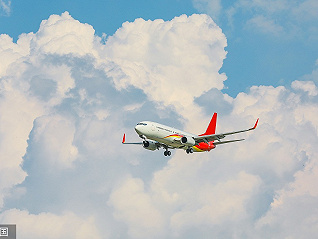國內(nèi)精品??_美女扒開胸罩露出奶頭的圖片_.手.動.輸.入.網(wǎng).址.聯(lián).系.客.服.人.員.lanan_shell
To view this page ensure that Adobe Flash Player version 9.0.124 or greater is installed.
????? Flight Operations Briefing Notes Approach Techniques Aircraft Energy Management during Approach Introduction
Inability to assess or manage the aircraft energy level during the approach often is cited as a causal factor in unstabilized approaches. Either a deficit of energy (being low and/or slow) or an excess of energy (being high and/or fast) may result in approach-and-landing accidents, such as: Loss of control;
Runway excursion; and/or,
This Flight Operations Briefing Note provides background information and operational guidelines for a better understanding of: Energy management during intermediate approach:
How fast can you fly down to the FAF or outer marker?
Energy management during final approach:
Hazards associated with flying on the backside of the power curve (as defined by Figure 2).
Refer also to the Flight Operations Briefing Note Factors Affecting the Final Approach Speed (V? APP). Statistical Data
Approximately 70 % of rushed and unstable approaches involve an incorrect management of the aircraft energy level, resulting in an excess or deficit of energy, as follows: Being slow and/or low on approach : 40 % of events;
Being fast and/or high on approach: 30 % of events.
Aircraft Energy Level
The level of energy of an aircraft is a function of the following primary flight parameters and of their rate of change (trend): Airspeed and speed trend;
Altitude and vertical speed (or flight path angle);
Aircraft configuration (i.e., drag caused by speed brakes, slats/flaps and/or landing gear); and,
One of the tasks of the pilot is to control and monitor the energy level of the aircraft (using all available cues) in order to: www.aero.cn 航空翻譯 www.aviation.cn 本文鏈接地址:Approach Techniques Aircraft Energy Management during Approach















